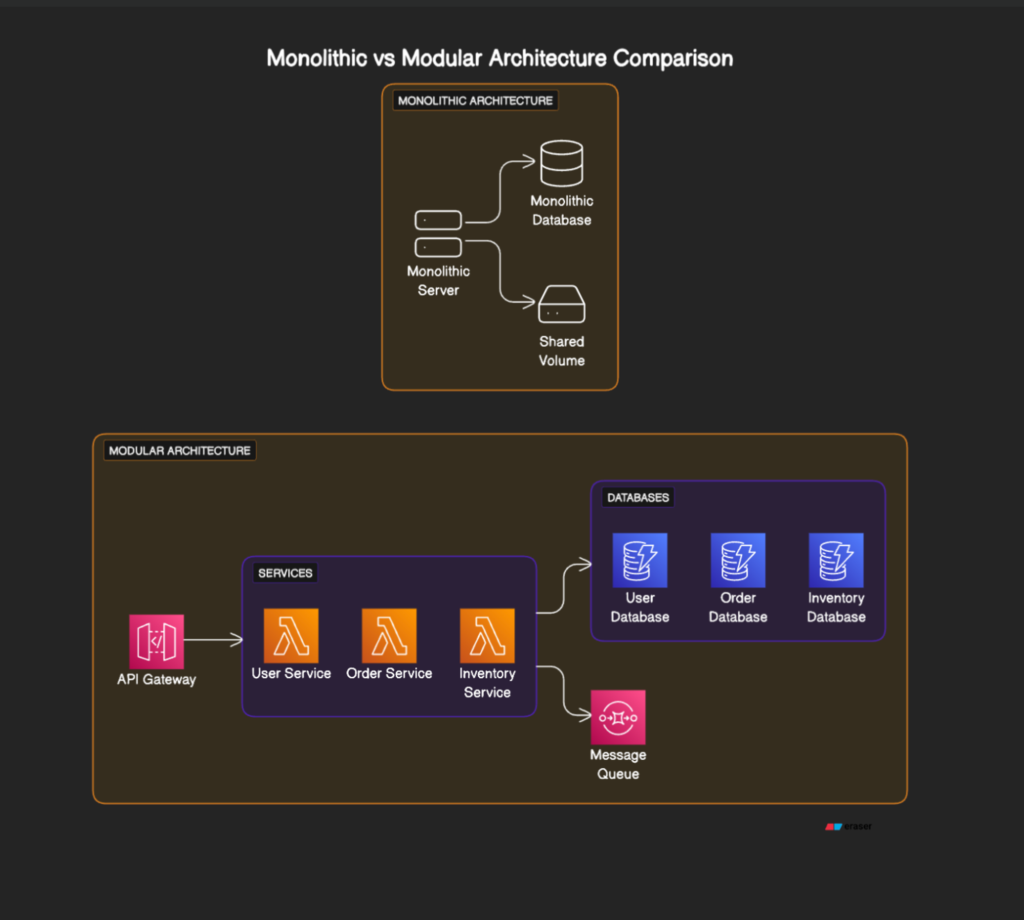
Introduction:
In the realm of cloud architecture, the saying “design and build today with tomorrow in mind” signifies a proactive approach. Architects must anticipate the solution’s expansion, whether spurred by mergers, acquisitions, or organic growth.
Complexity: Growing Pains:
As a cloud solution grows, complexity impacts manageability, performance, and security. The imperative for Cloud Architects is clear: guard against escalating complexity, which can jeopardise performance and security. This requires a steadfast commitment to designing cloud solutions that scale reliably.
Design Principles: Engineering Scaling:
Let’s explore key design principles crucial for scalability, encompassing manageability, performance, security, and reliability.
Modularity: Breaking Down Boundaries:
Modularity, a cornerstone in this journey, involves dissecting solutions into smaller, manageable modules. This promotes scalability and the freedom to independently scale specific components without disrupting other services. A sharp contrast to monolithic designs, modularity offers enhanced manageability and scalability.

Fig 1: In a monolithic system, resources are hosted on a single resource where in a modular system, resources are partitioned architecturally to provide better scalability when needed.
Microservices: More for Less:
Enter microservices architecture, advocating the division of large solutions into nimble, self-contained services. Each service encapsulates discrete functions, fostering scalability, agility, and seamless upgrades without disrupting the entire solution.
Horizontal Scaling: Orchestrating Seamless Growth:
The principle of horizontal scaling orchestrates seamless instance additions to accommodate burgeoning workloads. The strategic configuration of parameters and triggers becomes pivotal for dynamic scaling, ensuring proximity to users, scalability, and resilience.
Load Balancing Mastery:
Load balancing takes center stage, deftly managing workload distribution and optimizing resource utilisation. Acting as a director in an intricate ballet, ensures a harmonious balance across instances.
Global Scaling: Content Delivery Networks:
Content Delivery Networks (CDNs), exemplified by CloudFront and Cloud CDN, transcend cloud platforms. Essential for swift and reliable global scaling, CDNs underscore the importance of judiciously chosen edge locations in enhancing content distribution’s overall dependability.
Serverless: Embracing Flexibility:
The serverless architecture emerges as a virtuoso, offering a flexible melody across platforms. AWS Lambda, a leader in this orchestration, manages code scalability and execution, eliminating the need for manual scaling and enhancing scalability regardless of the cloud provider.
Secure-by-Design: Fortifying Foundations:
The secure-by-design methodology seamlessly integrates security into cloud architecture. Prioritising early security inclusion minimises vulnerabilities’ impact on scalability, allowing for the evolution of an adaptable and scalable security framework.
Designing for Resilience: Ensuring Continuity:
The design-for-failure philosophy ensures continuous operation despite component failures. Recognising the inevitability of errors underscores the importance of designing systems that gracefully handle and recover from such events.
Conclusion:
By prioritising manageability, performance, security, and dependability, these principles empower Cloud Architects to craft systems resilient, scalable, and responsive to the dynamic demands of cloud scaling. Achieving scalability necessitates a continuous cycle of evaluation and adaptation, ensuring systems remain resilient, versatile, and future-proof, guaranteeing reliability, performance, security, and management in the ever-evolving cloud landscape.